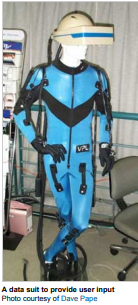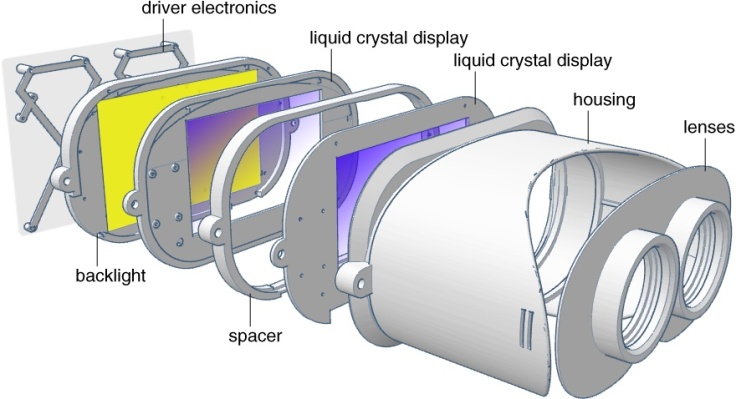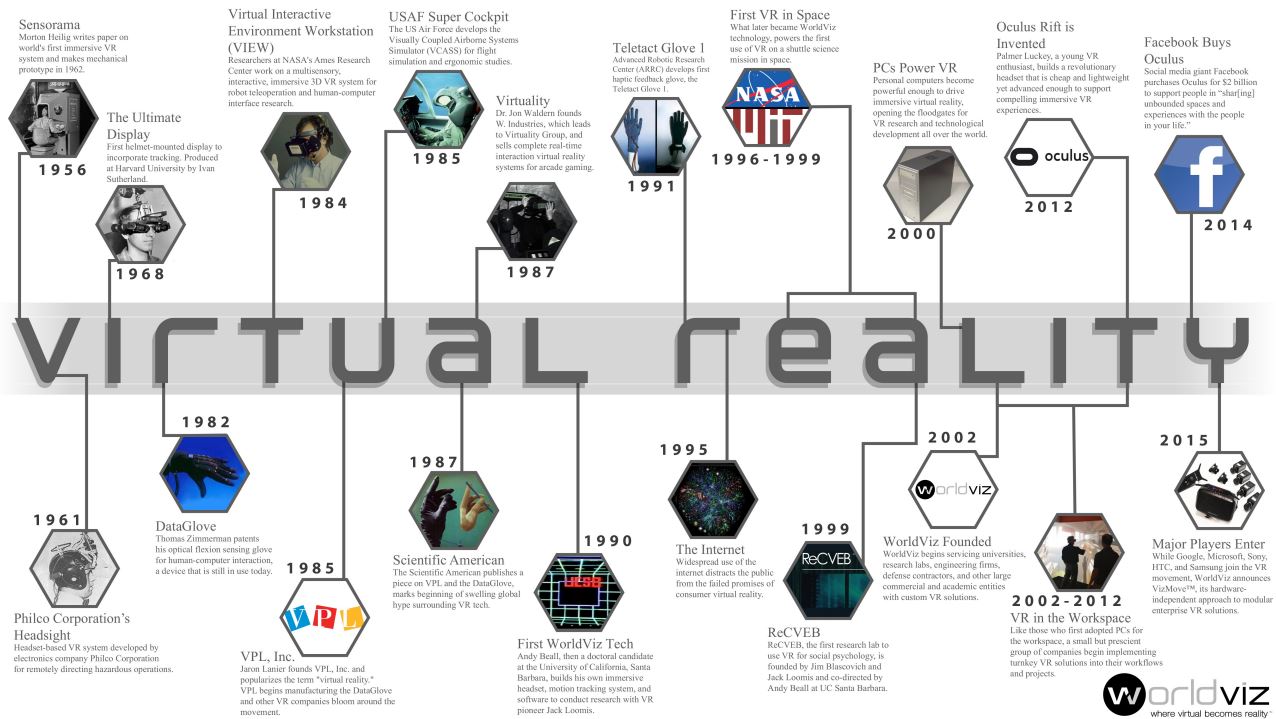If you want to play a Kahoot Quiz related with Computer Shortcuts here.
If you want to play a Kahoot Quiz related with Computer Shortcuts here.
 The primary subject of virtual reality is simulating the vision. Every headset aims to perfect their approach to creating an immersive 3D environment. Each VR headset puts up a screen (or two – one for each eye) in front of eyes thus, eliminating any interaction with the real world. Two autofocus lenses are generally placed between the screen and the eyes that adjust based on individual eye movement and positioning. The visuals on the screen are rendered either by using a mobile phone or HDMI cable connected to a PC.
The primary subject of virtual reality is simulating the vision. Every headset aims to perfect their approach to creating an immersive 3D environment. Each VR headset puts up a screen (or two – one for each eye) in front of eyes thus, eliminating any interaction with the real world. Two autofocus lenses are generally placed between the screen and the eyes that adjust based on individual eye movement and positioning. The visuals on the screen are rendered either by using a mobile phone or HDMI cable connected to a PC.
To create a truly immersive virtual reality there are certain prerequisites – a frame rate of minimum 60fps, an equally competent refresh rate and minimum 100-degree field of view (FOV) (though 180 degrees is ideal). The frame rate is the rate at which the GPU can process the images per second, screen refresh rate is the pace of the display to render images, and FOV is the extent to which the display can support eye and head movement.
If either of these doesn’t work as per the standards the user can experience latency i.e. too much time gap between their actions and the response from the screen. We need the response to be less than 20 milliseconds to trick the brain which is achieved by combining all the above factors in the right proportion. Another issue that needs to be catered here is to prevent tearing (cybersickness) resulting due to the inconsistency between the frame rate and refresh rate. If the GPU’s fps is more than the screen refresh rate then the image can become distorted. To counter this issue, we limit the framerate to the monitor’s refresh rate this done using a tech called Vertical Sync (VSync).
Among the major headsets available today, Vive and Rift both have 110-degree FOVs, Goog
le Cardboard has 90, the GearVR has 96 and the new Google Daydream offers up to 120 degrees. As for frame rate, both HTC Vive and Oculus Rift come with 90hz displays, while the PlayStation VR offers a 60hz display.
Sources


The definition of virtual reality comes, naturally, from the definitions for both ‘virtual’ and ‘reality’. The definition of ‘virtual’ is near and reality is what we experience as human beings. So the term ‘virtual reality’ basically means ‘near-reality’. This could, of course, mean anything but it usually refers to a specific type of reality emulation.
Everything that we know about our reality comes by way of our senses. In other words, our entire experience of reality is simply a combination of sensory information and our brains sense-making mechanisms for that information. It stands to reason then, that if you can present your senses with made-up information, your perception of reality would also change in response to it. You would be presented with a version of reality that isn’t really there, but from your perspective it would be perceived as real. Something we would refer to as a virtual reality.
So, in summary, virtual reality entails presenting our senses with a computer generated virtual environment that we can explore in some fashion.
Answering “what is virtual reality” in technical terms is straight-forward. Virtual reality is the term used to describe a three-dimensional, computer generated environment which can be explored and interacted with by a person. That person becomes part of this virtual world or is immersed within this environment and whilst there, is able to manipulate objects or perform a series of actions.
“VR is a way to escape the real world into something more fantastic. It has the potential to be the most social technology of all time” –Chris Milk, Founder of VRSE

You must be logged in to post a comment.